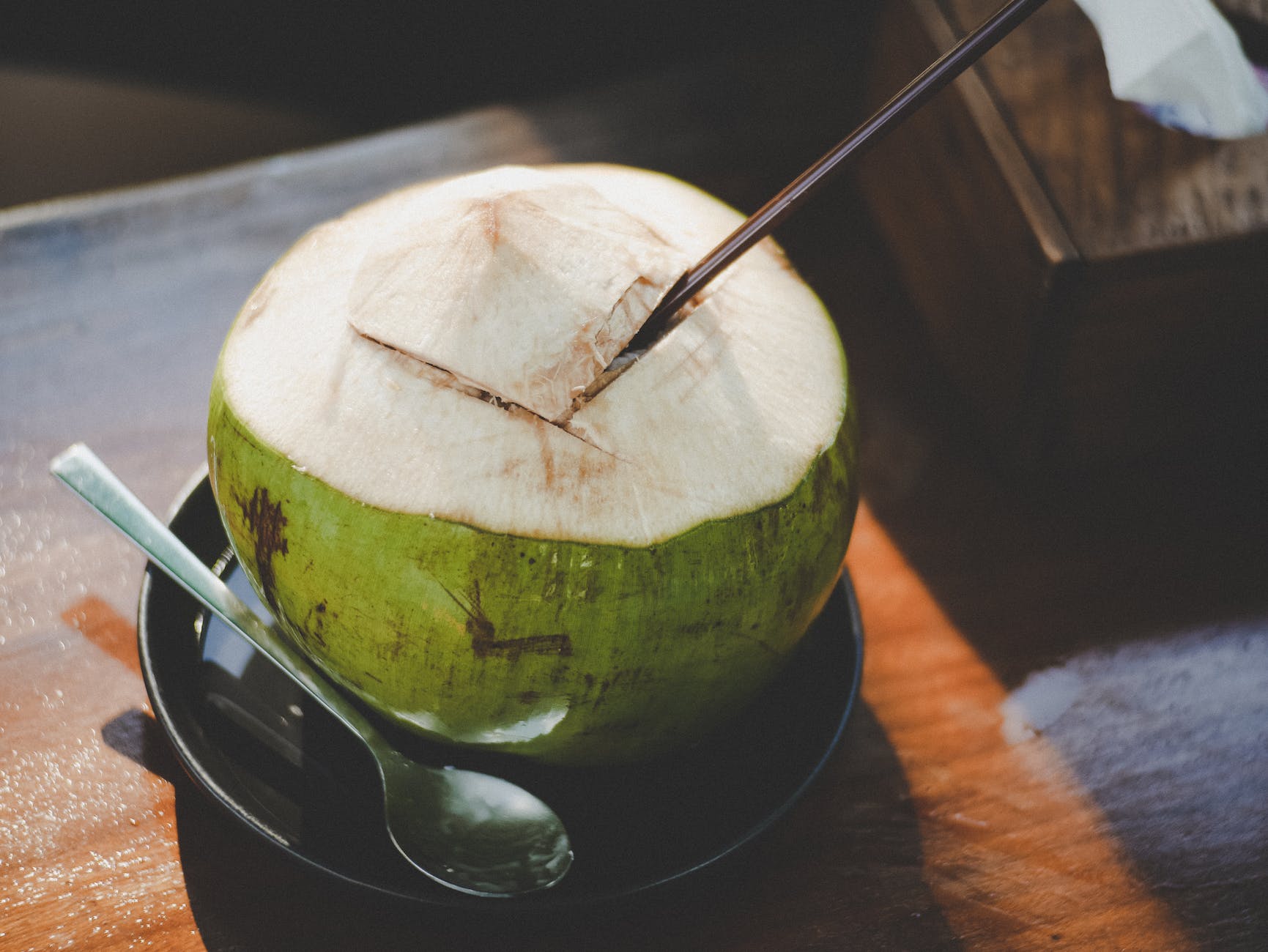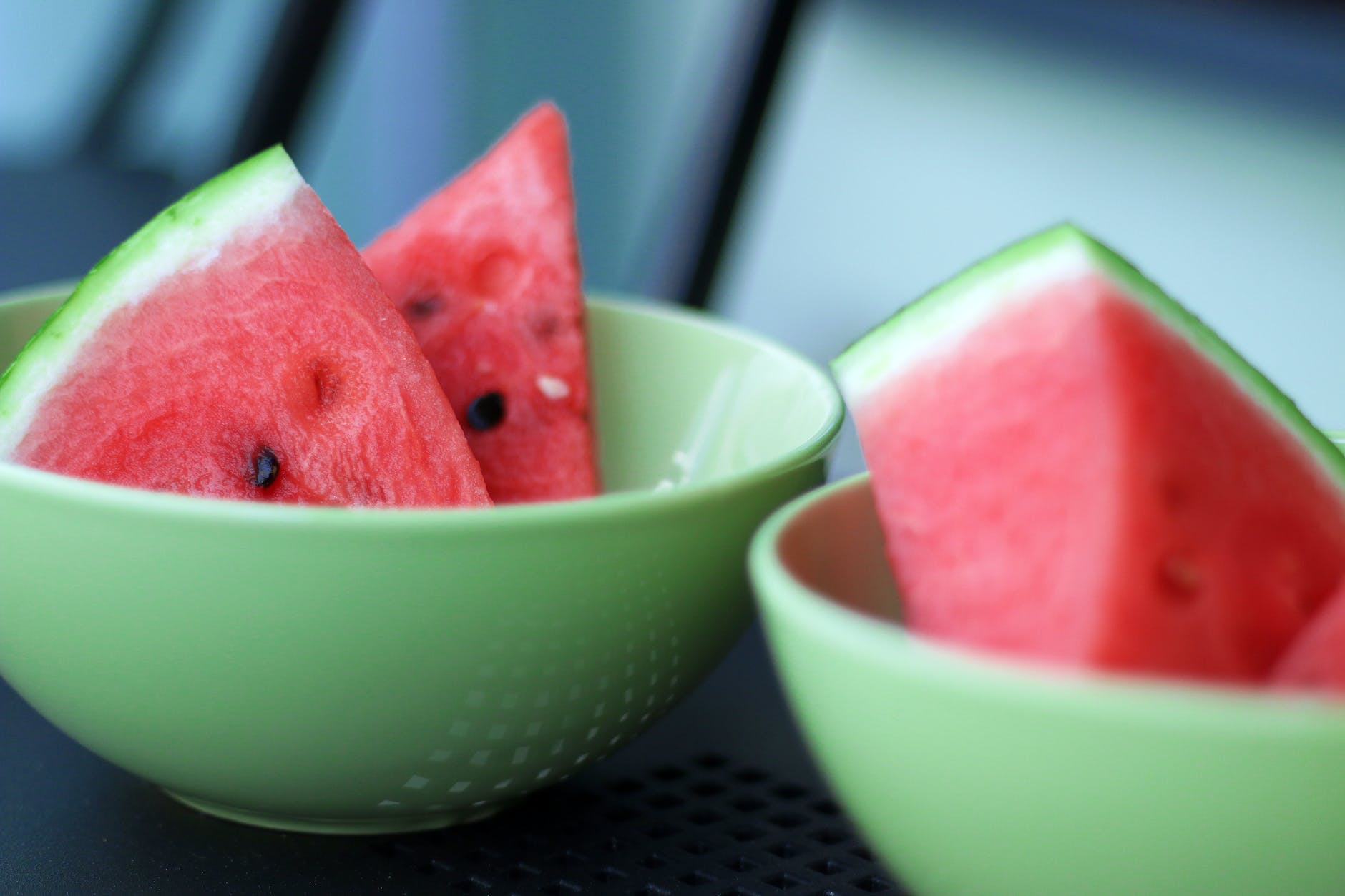
In our journey to health and wellness, it’s essential to pay attention to the building blocks of our body – the micronutrients. These include electrolytes, minerals that carry an electric charge and play a crucial role in maintaining our bodily functions.
Electrolytes, which include sodium, potassium, calcium, bicarbonate, magnesium, chloride, and phosphate, regulate our nerve and muscle function, maintain our body’s pH levels, hydrate the body, control blood pressure, and aid in the repair of damaged tissues.
However, the delicate balance of these electrolytes can be disturbed by factors such as:
- Intense exercise
- Hot climates
- Fasting
- Illness
- Specific diets
If unaddressed, this imbalance could lead to symptoms like fatigue, muscle cramping, and irregular heartbeat.
Many people turn to commercial sports drinks to replenish electrolytes, but these often contain high amounts of sugar and artificial ingredients. This is where natural homemade electrolyte drinks come into the picture. These can be a healthier, cost-effective alternative and can be tailored to fit various needs and lifestyles.
Welcome to Our Homemade Electrolyte Drink Recipe Series!
If you’re seeking healthier and more natural ways to replenish your body’s essential electrolytes, you’ve come to the right place. Welcome to our comprehensive series on Natural Homemade Electrolyte Drink DIY Recipes! This series is dedicated to sharing innovative and healthy electrolyte drink recipes, specifically crafted with natural ingredients.
We kick off the series with our master post, Natural Homemade Electrolyte Drink DIY Recipes. This is your go-to resource for understanding the vital role electrolytes play in our bodies and the importance of maintaining a balanced level. Whether you’re new to the world of electrolyte drinks or seeking a more organic approach to hydration, this post is the perfect place to start.
From there, we delve into five distinct categories, each catering to different dietary preferences or needs. Explore them as follows:
- For the Fasting Observers: In our 5 Fasting DIY Homemade Electrolyte Drink Recipes post, you’ll discover drinks that are designed to keep your electrolytes balanced during your fasting periods without breaking your dietary commitments.
- For the Keto Enthusiasts: If you’re following the ketogenic diet, our 5 Keto Electrolyte Drink Homemade DIY Recipes is a treasure trove of low-carb and mineral-rich drink options.
- For the Diabetes Warriors: Managing diabetes can be a challenge, but our 5 Diabetic Electrolyte Drink Homemade Natural Recipes provides sugar-free, wholesome drink options for safe hydration.
- For the Fitness Buffs: Recover faster after intense workout sessions with our 5 Post-Workout Electrolyte Drink Recipes. These drinks are curated to help your body replenish lost nutrients and hydrate effectively.
- For the Hydration Seekers: Lastly, if you’re dealing with dehydration, our 5 DIY Natural Electrolyte Drinks for Dehydration offers a range of hydrating drinks to help restore your body’s electrolyte balance.
We invite you to explore each post, try these homemade electrolyte drink recipes, and experience the multitude of health benefits they offer.
DIY Post-Workout Electrolyte Drink
Recovering after a workout is crucial to maintain consistent performance and avoid unnecessary injuries. When you exercise, your body loses electrolytes through sweat, and the levels need to be replenished. Rather than relying on store-bought sports drinks that might be laden with sugars and artificial flavors, a natural post-workout drink can do wonders.
Key ingredients include:
- Coconut water: Known as ‘Mother Nature’s sports drink’, coconut water is a natural source of potassium and minor amounts of sodium, magnesium, and calcium.
- Sea salt: It’s not just sodium; sea salt also contains trace amounts of other essential minerals that can assist with recovery.
- Fresh fruit juices: While providing flavor, they’re also excellent sources of vitamins and antioxidants. Citrus fruits like orange or lemon are high in vitamin C, which aids in repairing body tissue.
Don’t be afraid to experiment with other natural ingredients, such as:
- Honey or maple syrup: These natural sweeteners also provide minor amounts of minerals and help restore some of the glycogen used during exercise.
- Ginger or turmeric: Known for their anti-inflammatory properties, these can assist with post-workout recovery.
Recover faster after intense workout sessions with our 5 Post-Workout Electrolyte Drink Recipes. These drinks are curated to help your body replenish lost nutrients and hydrate effectively.
Homemade Electrolyte Drink for Fasting
Whether you’re fasting for religious, health, or weight loss reasons, maintaining your hydration and electrolyte levels is paramount. This delicate balancing act can be supported by a natural homemade electrolyte drink, tailored to support your fasting regimen without contributing substantial calories.
The basic components are:
- Water: A must for any hydration drink.
- Salt: A pinch can replenish lost sodium.
- Fresh lime or lemon juice: Provides a dose of essential vitamins, such as vitamin C.
- Apple cider vinegar: Brings in potassium and adds a tangy kick to the drink.
For those seeking to add more variety, consider these:
- Herbal teas: Non-caffeinated herbal teas can add a different flavor profile and even contribute to hydration.
- Cucumber or mint: These can provide a refreshing twist.
In our 5 Fasting DIY Homemade Electrolyte Drink Recipes post, you’ll discover drinks that are designed to keep your electrolytes balanced during your fasting periods without breaking your dietary commitments.
Keto-Friendly Electrolyte Drink
Transitioning into a ketogenic diet can be challenging. Often, the body experiences the “keto flu,” where symptoms like fatigue, nausea, and headaches are common. These are partly due to electrolyte imbalances, especially in the initial phases.
Here’s a keto-friendly electrolyte drink:
- Water: Your base.
- Lite salt: Contains both sodium and potassium.
- Natural magnesium supplement: To avoid deficiencies.
- Lemon or lime juice: For a burst of freshness.
Other keto-friendly additions can include:
- Apple cider vinegar: Besides being a natural source of potassium, it can aid in digestion and support weight loss.
- Natural sweeteners: Erythritol or stevia can add sweetness without contributing to the carb count.
If you’re following the ketogenic diet, our 5 Keto Electrolyte Drink Homemade DIY Recipes is a treasure trove of low-carb and mineral-rich drink options
Diabetic-Friendly Electrolyte Drink
Living with diabetes means paying close attention to what you consume, especially when it comes to sugar. But hydration and maintaining electrolyte balance remain just as essential.
Here’s how to make a diabetic-friendly electrolyte drink:
- Water: Again, your base.
- Salt: Replenishes sodium.
- Magnesium supplement: To keep levels steady.
- Natural, no-sugar sweetener: Options like stevia or monk fruit extract won’t raise blood sugar levels.
- Cucumber or berries: They provide refreshing flavors and extra vitamins without a significant increase in sugar levels.
Some additional elements to consider:
- Apple cider vinegar: Its blood sugar management properties can be beneficial for diabetics.
- Chia seeds: When soaked, they can add a fun texture and are a good source of fiber and omega-3 fatty acids.
Managing diabetes can be a challenge, but our 5 Diabetic Electrolyte Drink Homemade Natural Recipes provides sugar-free, wholesome drink options for safe hydration
DIY Electrolyte Powder
Having a DIY electrolyte powder on hand can be an excellent option for quick hydration, especially when on-the-go or in a rush.
Your powder base would consist of:
- Sea salt: Ground finely, this contributes sodium.
- Natural Calm or a similar magnesium supplement: Magnesium is often overlooked, but is a vital electrolyte.
- Stevia: An optional sugar substitute for sweetness.
In addition, you could consider:
- Cream of Tartar: This baking ingredient is an excellent source of potassium.
- Lemon or lime zest: Dehydrate and grind it for a citrusy punch.
How to Make a Homemade Electrolyte Drink for Different Purposes
1. Basic Electrolyte Drink
a. Gather Ingredients: Start with water, a salt (like Himalayan pink salt or sea salt), a natural sweetener, and a flavor source such as fresh fruit juice or herbal tea.
b. Mix: Combine these ingredients in a large pitcher. Stir until the salt and sweetener dissolve.
c. Taste Test: Adjust the flavor as per your preference. You might want to add more sweetener or salt.
d. Cool: Refrigerate your drink before consumption for a refreshing experience.
2. Post-Workout Recovery Drink
a. Base Recipe: Use the basic electrolyte drink as your base.
b. Add Protein: Incorporate a scoop of your preferred protein powder.
c. Blend: Combine all ingredients until smooth.
d. Consume: Enjoy your drink right after your workout for optimal recovery.
3. Diabetic-Friendly Electrolyte Drink
a. Base Recipe: Start with the basic electrolyte drink, but skip the sweetener.
b. Use Diabetic-Friendly Sweetener: Opt for a sugar substitute that’s safe for diabetics, like Stevia or Erythritol.
c. Mix and Adjust: Stir your concoction until the sugar substitute is fully dissolved. Taste and adjust flavor as needed.
4. Keto Electrolyte Drink
a. Base Recipe: Start with the basic electrolyte drink.
b. Keto-Friendly Sweetener: Swap the regular sweetener with a keto-friendly option like Erythritol.
c. Mix: Blend until the keto-friendly sweetener dissolves.
d. Taste Test: Make sure the flavor aligns with your preference. Adjust if necessary.
5. Electrolyte Drink for Fasting
a. Base Recipe: Use the basic electrolyte drink recipe.
b. Omit Sweeteners: Don’t add any sweeteners.
c. Fasting-Safe Flavorings: Opt for flavorings that won’t break your fast, like lemon or cucumber infusions.
d. Mix and Cool: As usual, mix your ingredients and refrigerate.
Frequently Asked Questions
1. Can I make my own electrolyte drink at home? Yes, it’s possible and fairly simple to make a homemade electrolyte drink. All you need is some basic ingredients like water, salts, and natural flavors.
2. What is the easiest homemade electrolyte drink recipe? The easiest recipe would be to mix water, a pinch of salt for sodium, and a squeeze of fresh lemon juice for flavor and a vitamin C boost.
3. How does a homemade electrolyte drink compare to a store-bought one? While store-bought drinks are convenient, they often contain added sugars and artificial flavors. A homemade electrolyte drink allows you to control what goes into your body and can be customized to your taste and dietary needs.
4. Can a homemade electrolyte drink aid in recovery after exercise? Yes, a homemade post-workout drink can help replenish lost electrolytes and aid in recovery. Ingredients like coconut water, fresh fruit juices, and sea salt can be beneficial.
5. Can I make a homemade electrolyte drink for fasting? Absolutely. A simple combination of water, salt, fresh lime or lemon juice, and a bit of apple cider vinegar can support your fasting regimen without contributing substantial calories.
6. Can I make a diabetic-friendly homemade electrolyte drink? Yes, you can create a homemade electrolyte drink suitable for diabetics. Use water, salt, a magnesium supplement, and a natural no-sugar sweetener. Add cucumber or berries for refreshing flavors and extra vitamins.
7. Can a homemade electrolyte drink be keto-friendly? Absolutely! A keto-friendly electrolyte drink can help alleviate symptoms of the “keto flu.” The drink can include water, lite salt, a natural magnesium supplement, and lemon or lime juice.
8. What can I use as a sweetener in my homemade electrolyte drink? Options include natural sweeteners like honey, maple syrup, stevia, or monk fruit extract. The choice depends on your dietary needs and preferences.
9. Can a homemade electrolyte drink be flavored naturally? Yes, you can use a variety of natural ingredients to flavor your drink, such as fresh fruit juices, cucumber, mint, or herbal teas.
10. What is the purpose of an electrolyte drink? Electrolyte drinks help replenish the electrolytes lost through sweat, support hydration, and maintain the body’s optimal fluid balance.
11. Can homemade electrolyte drinks help with hydration during sickness? Yes, they can help replace lost fluids and electrolytes due to fever, vomiting, or diarrhea, thereby aiding in recovery.
12. How do I make a homemade electrolyte powder? To make a homemade electrolyte powder, you need finely ground sea salt, a magnesium supplement like Natural Calm, and an optional sugar substitute like stevia for sweetness. You can also consider adding cream of Tartar for potassium and lemon or lime zest for flavor.
13. Are electrolyte drinks only for athletes? No, while athletes can benefit greatly from electrolyte drinks due to their high sweat rates, anyone can use these drinks to stay hydrated, especially during hot weather or illness.
14. How often should I drink homemade electrolyte drinks? The frequency depends on your physical activity, diet, climate, and overall health. It’s important to listen to your body. If you’re frequently active or live in a hot climate, you might need more.
15. Can kids consume homemade electrolyte drinks? Yes, in moderation. Homemade electrolyte drinks can be a healthier alternative to sugary beverages and can help children stay hydrated, especially during physical activity or illness. As with any dietary changes, it’s best to consult with a healthcare provider.
16. How long can I store homemade electrolyte drinks? Most homemade electrolyte drinks can be stored in the refrigerator for about a week. If the taste or smell changes, it’s best to make a fresh batch.
17. Are there any side effects of consuming too many electrolyte drinks? Yes, excessive consumption of electrolyte drinks can lead to imbalances in the body, especially if they contain high levels of sodium. It’s important to consume these drinks in moderation and focus on maintaining a balanced diet.
18. Can I use table salt in my homemade electrolyte drink? While you can use table salt, it’s recommended to use sea salt or Himalayan salt as they also contain other essential minerals.
19. What is the benefit of adding apple cider vinegar to my electrolyte drink? Apple cider vinegar is a natural source of potassium and can aid in digestion. It can also add a tangy kick to the drink.
20. Can I use a homemade electrolyte drink to support weight loss? While an electrolyte drink can aid in hydration, it’s not a magic weight-loss solution. It’s always best to follow a balanced diet and regular exercise for weight loss.
Conclusion
Homemade natural electrolyte drinks are not just a healthier alternative to store-bought beverages; they’re an empowering journey towards understanding and managing what you consume. The key lies in balancing the electrolytes according to your personal needs, but the fun lies in experimenting with flavors and ingredients.
In upcoming posts, we’ll delve deeper into each category with specific recipes, potential modifications, and how to adapt these recipes to cater to specific needs and conditions. Subscribe and stay tuned to embark on this healthful journey with us. Here’s to better hydration, naturally!











